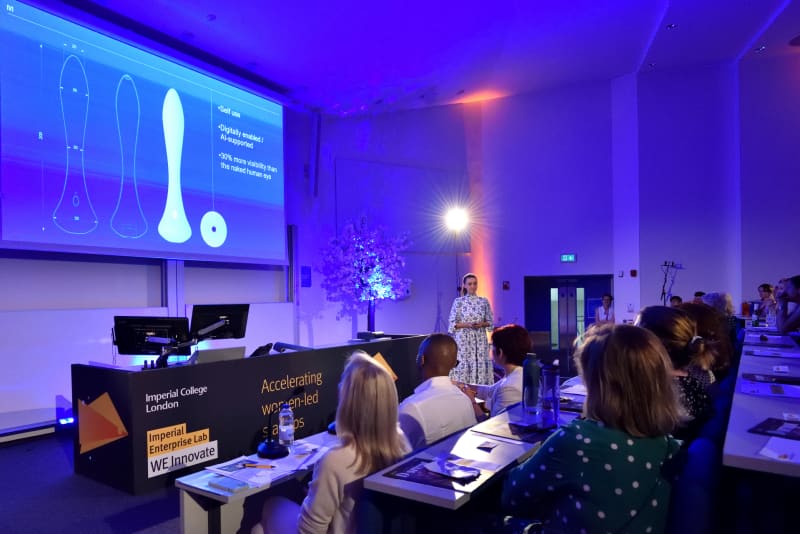The Gender Gap
When it comes to diversity in entrepreneurship, as a society, we still have a long way to go.

Despite seeing small gains in the quest for parity among entrepreneurs in recent years, women-led businesses received less than 2% of venture capital funding in the UK in 2023. Why?
This is just one of the questions that The Women-Led High-Growth Enterprise Taskforce aims to answer. The Taskforce, chaired by founder of Starling Bank, Anne Boden, aims to boost the number of women-led high-growth enterprises across all regions in the UK. The first step in achieving this was to understand the current landscape for women entrepreneurs. Their findings were published in a report in February 2024.
The Taskforce worked with entrepreneurs, campaigning organisations, and the investment community to gather data and identify the main barriers for women in starting and scaling high-growth enterprises, and most importantly, determine strategies to break down these barriers.
Ignore for a moment the scale of the challenge and instead look at the size of the opportunity. That opportunity lies in the changes that are coming.
The findings

Underrepresentation: Women-led businesses are significantly underrepresented in the UK economy, making up only one in three businesses.
Growth Potential: The report emphasises the significant growth potential of women-led businesses, suggesting that if women set up and scaled businesses at the same rate as men, it could add £250bn to the UK economy.
Barriers to Growth: Women-led businesses often face barriers to growth, including limited access to finance, networks, and business support.
Investment Gap: There is a notable investment gap for women-led businesses, with evidence showing that women receive only a small fraction of venture capital investment compared to male-led businesses.
Policy Recommendations: The report proposes several policy recommendations to address these challenges, such as increasing access to finance, improving support networks, and creating a more inclusive business environment.
Job Creation Potential: Women-led businesses have the potential to create millions of jobs in the UK economy if they are supported to grow at the same rate as male-led businesses.
Global Comparisons: The UK lags behind other countries in terms of the proportion of women-led businesses. For example, the US has a higher proportion of women-led businesses, with women owning 40% of all businesses.
Innovation and Technology: Women-led businesses are often at the forefront of innovation and technology. For instance, women-led businesses are more likely to patent their inventions, with 22% of patent applications coming from women-owned businesses.
Access to Networks: Women-led businesses report challenges in accessing networks and support, with 59% citing a lack of access to networks as a barrier to growth.
Business Support: The report emphasises the need for tailored business support for women entrepreneurs, highlighting that only 38% of women feel they have access to the right support to grow their businesses.








